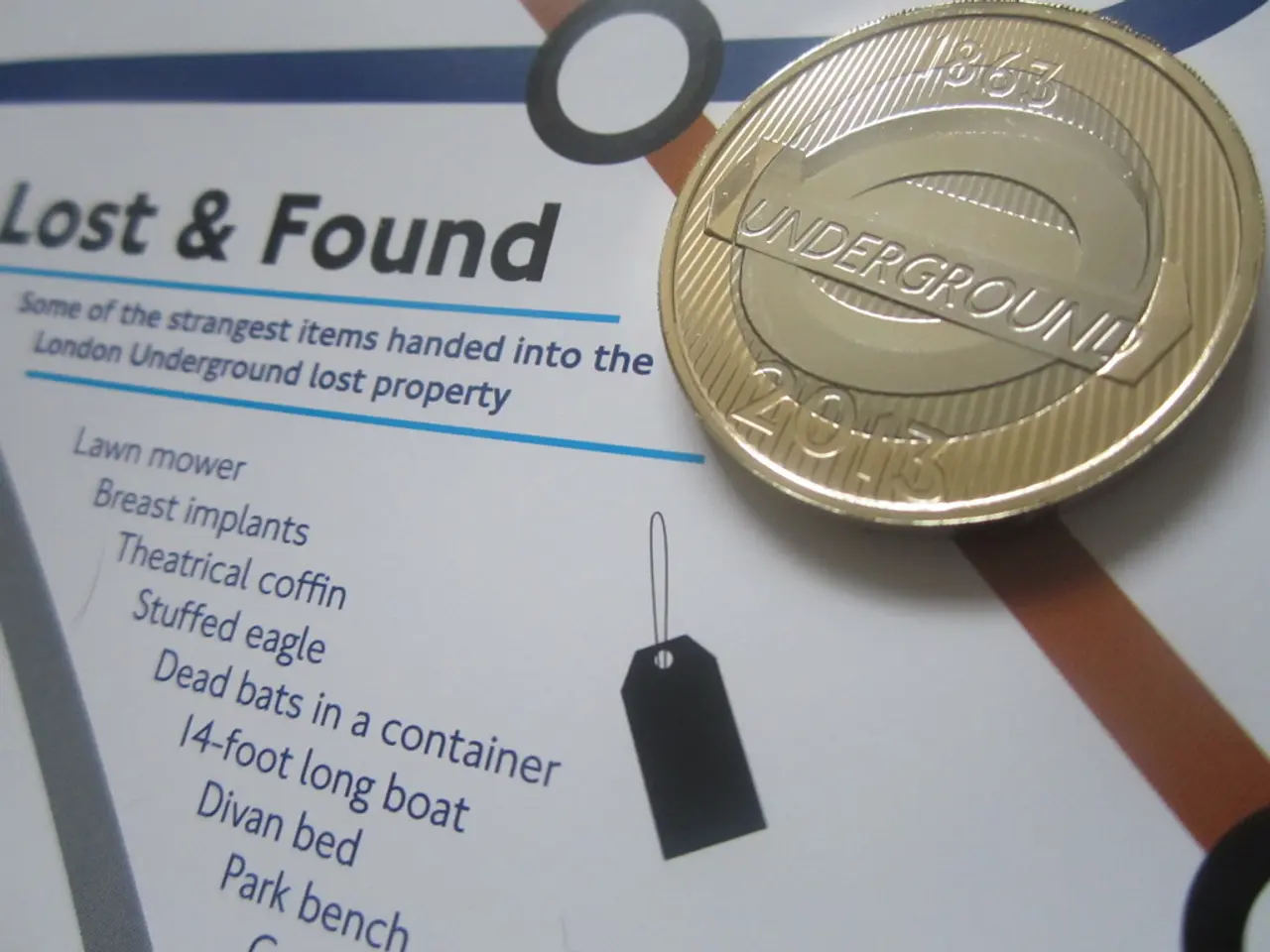Roku August: Evaluation of the Russian Ruble's Future Prospects by Financial Experts
The value of the Russian ruble in the near future is expected to be significantly influenced by several key factors, including monetary policy decisions, inflation dynamics, oil prices, external geopolitical risks, import and export trends, and currency controls.
Monetary Policy and Key Rate
The Bank of Russia cut its key rate to 18% in July 2025 to counteract slower inflation and cooling demand. However, the central bank has signaled that high rates will remain for a long period to achieve the inflation target by 2026. High-interest rates make ruble assets attractive, supporting the ruble’s stability or appreciation, but further cuts could weaken the ruble [1][3][4][2].
Inflation
Inflation pressures are declining faster than expected, but inflation risks and expectations remain significant. Rising inflation or expectations could erode ruble strength, while disinflation supports its value [1][3].
Oil Prices
The outlook for crude oil prices has been revised down to approximately $55 per barrel in 2025 and 2026, amid expanded OPEC+ production and global trade tensions. Since Russia’s economy and ruble are strongly linked to oil export revenues, lower prices tend to depress the ruble. Conversely, rising oil prices could strengthen it [3][2].
Trade and External Accounts
Imports are rising, and exports are slowing, partly due to weaker external demand, which can increase ruble supply and depress its value. But moderate import demand and high interest rates have helped maintain ruble stability recently [3][2][4].
Geopolitical Risks and Sanctions
New sanctions or deteriorations in the geopolitical landscape could undermine ruble confidence and push the exchange rate higher (weaker ruble). Stable or improved geopolitical conditions may provide support for the ruble [2][3].
Currency Controls and Demand
Tight currency controls and strong domestic demand for rubles, especially fueled by high interest rates, have supported the ruble in 2025, but any easing of controls may cause a depreciation [2][4].
Forecasts
Most analysts expect some weakening of the ruble by the end of 2025 to around 85-90 rubles per US dollar if negative external or inflation factors dominate. However, if oil prices rise and currency controls remain, the ruble could hold in the 75-80 range [2][5].
Investment Advice
Investment advisor Yulia Marinchik recommends creating a portfolio of a mix of foreign currency bonds and OFZs, as bonds can be a promising tool due to the opportunity to profit from a decrease in the key rate. For more conservative investors, Yuri Eidinov suggests considering alternative savings instruments, especially on the stock market [6][7].
Mikhail Slutsker, director of "KG Audit" and representative of AO "Finam" in Yekaterinburg, states that current ruble levels can be considered attractive for long-term currency buyers due to more factors of depreciation than appreciation. He also notes that a high Central Bank rate does not always guarantee a strong ruble, and the influence of speculations on the ruble's exchange rate will remain short-term [8].
Experts predict that market mortgage rates will continue to decline, although they will remain at virtually prohibitive levels for some time. Alternatives to bank deposits, such as OFZs, bonds of leading domestic issuers, Russian stocks, precious metals, or real estate, have varying risk/reward ratios and are primarily oriented towards long-term investments. Investments in real estate require substantial financial resources [9].
Forecast for the Next Month
Analysts at "Finam" predict the following for the next month: 79-83 rubles per dollar, 92-96 rubles per euro, and 11.1-11.5 rubles per yuan. They also expect that by the end of 2025, the dollar rate could reach 93-95 rubles, the euro rate could reach 100-105 rubles, and the yuan could trade at 11.50-11.75 rubles by the end of the year [10].
Geopolitical factors, such as the third round of negotiations between Russia and Ukraine and the potential expiration of the 50-day period set by US President Donald Trump for Russia to show progress towards peace in Ukraine, could significantly impact the currency market and put pressure on the ruble [11].
References:
- Bloomberg
- Reuters
- Financial Times
- The Moscow Times
- RBC
- Forbes
- Interfax
- Vedomosti
- Kommersant
- Finam
- TASS
- With the Bank of Russia maintaining high interest rates and the central bank signaling their intention to do so for an extended period, finance experts advise investors to consider a portfolio mix of foreign currency bonds and OFZs as a promising tool for profit in the event of a key rate decrease.
- In light of the predicted reduction in oil prices to $55 per barrel in 2025 and 2026, due to expanded OPEC+ production and global trade tensions, the key factor here is that lower oil prices are expected to depress the value of the Russian ruble.
- With the majority of analysts projecting some weakening of the ruble by the end of 2025, it is essential to consider personal-finance strategies for wealth management, perhaps exploring alternative savings instruments or long-term investments like real estate or Russian stocks, to counteract potential depreciation.




